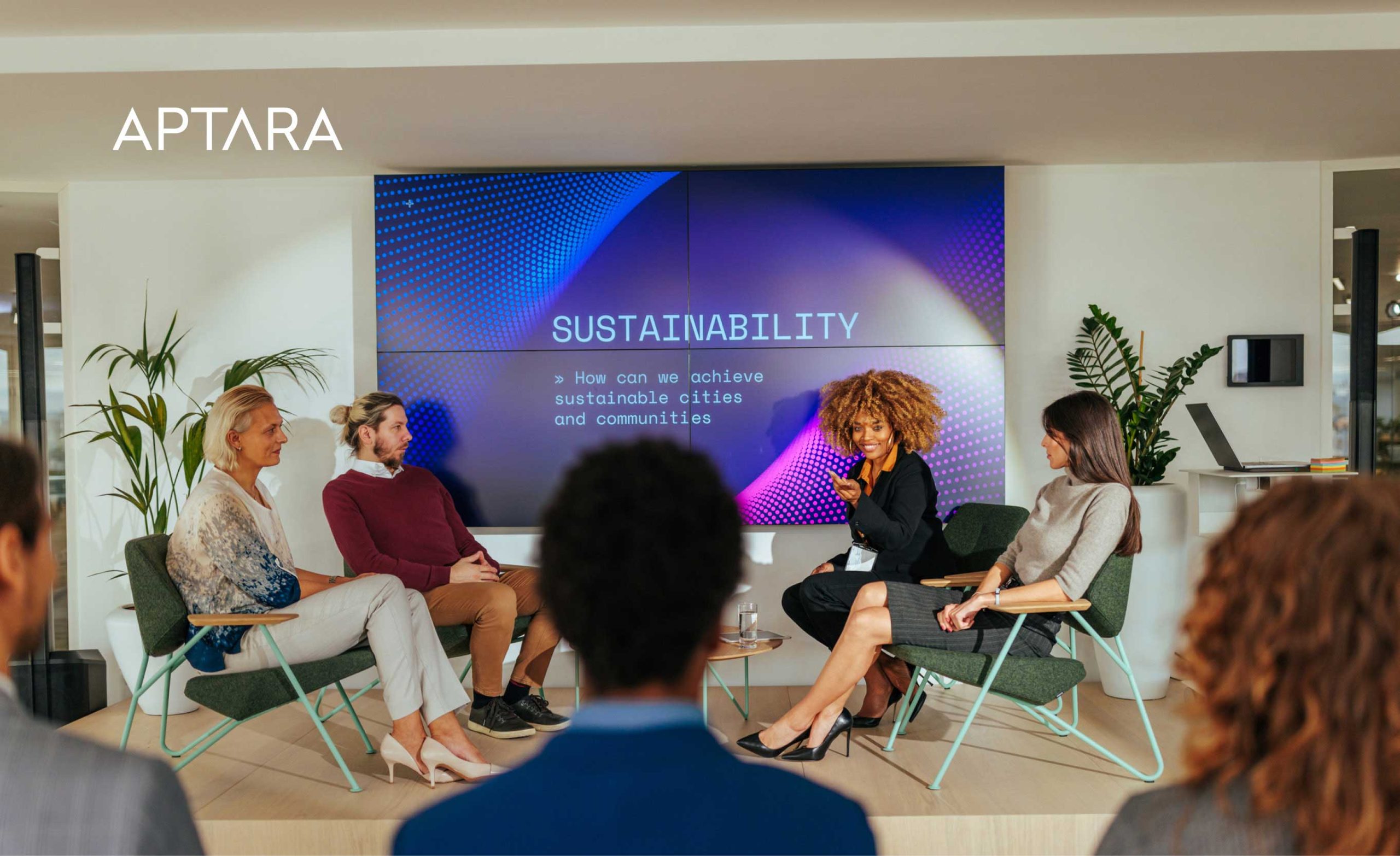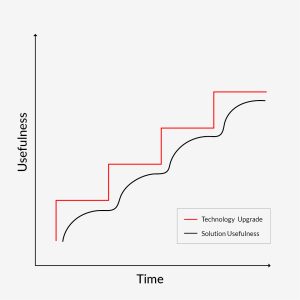
Sustainable L&D: A Learning Professional’s Guide to Future-Proofing Your Organization
It is 2030, and an organization-wide review is coming up. You are presenting along with your team, and as you look back on the years gone by, you’re evaluating whether you selected the right initiatives and implemented the right learning tech stack.
-
- Did you select the appropriate learning options, or did you choose a cheaper alternative that cost less initially but didn’t save money in the long run?
- Did the choices you made play out the way you expected them to?
- Do you need to reconsider and/or rework the entire L&D strategy?
These are some of the questions we should be asking ourselves as we develop our L&D strategy for today.
If you’re not sure how to respond to these questions, don’t worry. It’s still 2025, and while we’ve made a lot of technological progress, we haven’t mastered the art of predicting the future with complete accuracy.
But to get as close as possible to answering a big and bold YES to these and similar questions, you need a proper L&D strategy—not just any strategy, but a sustainable one.
First, let’s look at what sustainability means and then see how we can integrate it into our L&D initiatives.
Globally, sustainability is a favorite topic in boardrooms. It has captured the attention of organizations of all sizes. Yet not everyone is on the same page. Some lead, some lag, and some keep postponing it to the next fiscal year when budgets are available.
Widely accepted categories that must be addressed to be sustainable include:
-
-
- Environment/Nature
- People/Society
- Economy/Money
-
So, does sustainable mean future-proof? Does it mean the solution we implement now will only be useful in the future?
This is where we need to be very careful.
A solution—whether it’s learning or anything else—should be built in such a way that it not only checks the above three boxes but is also useful now and in the future.
In simple terms, this means we, as learning solution designers, should be able to predict future demands and anticipate trends and learners’ requirements. The solution must be effective and customizable to meet future needs with zero or minimal effort. I say minimal because some effort is always needed to keep the system operational.
A simple graph of the usefulness of a solution over time.

As time goes by, the usefulness of the solution should increase—but never dip.
So, what can we as L&D professionals do to make our L&D strategy sustainable?
Environmental/Nature Considerations:
-
- Ensure everyone is educated and informed about various environmental factors. A good L&D strategy will make this an integral part of its employee development programs.
- Encourage switching off air-conditioning, fans, or lights when occupancy is low. Install motion-sensing lights that activate only when people are present.
- Use darker themes for courses and apps, or encourage the use of dark mode for those comfortable with it.
- Try to limit file sizes—newer software allows you to keep them minimal, saving storage, transmission, and consumption resources. This uses less energy overall.
Social/People Considerations:
-
- Learning programs should be people-friendly now and in the future. This can be tricky, as today’s popular methods may not last. The trick is to ride the trend waves.
- Keep track of how your employees upgrade themselves. There are often clear hints in what they follow. Aligning with these can win their support and provide long-term solutions.
- Follow industry trends and anticipate new job skills. Prepare employees to be agile and nimble—to pivot when needed, unlearn outdated skills, and adopt new ones as roles evolve.
Economic/Money Factors:
-
- Sustainability teaches us to reserve some resources for future use. Don’t exhaust everything now, or you’ll struggle with shortages later.
- If you’re selling a widely accepted toy and use up all your raw materials now, you won’t be able to produce more later—potentially driving you out of business.
- The same applies to learning and development. We, as L&D professionals, must anticipate what future jobs will require and assess whether our workforce is ready—or if we have the means to prepare them. Keeping up with trends is crucial. Expected competencies change as technology evolves or as processes become safer, easier, and more efficient.
What are your thoughts on sustainable learning?
If you have questions or would like to contribute, feel free to comment below, connect with us on LinkedIn, or reach out to ajit.abhyankar@aptaracorp.com.
– Ajit Abhyankar






No Comments